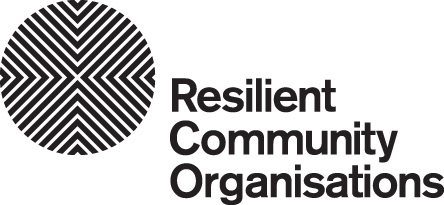Who is Involved in Emergency Management
Emergency Management Australia is the Commonwealth Government department responsible for emergency management.
Under Australia’s constitutional arrangements, States and Territories have responsibility for emergency management within their jurisdiction. The States and Territories control most of the functions for effective emergency prevention, preparedness, response and recovery. Details of the specific emergency management arrangements for each state and territory are available through their respective emergency management agencies. You will find a link to the relevant body in your State or Territory in the ‘Further Information’ section below.
Local government plays a vital role and will have emergency management plans and personnel with designated roles during an emergency. They work closely with Emergency Service Organisations.
Emergency Service Organisations such as the police, fire brigade, State Emergency Services (SES) and ambulance services will have clearly defined responsibilities and different agencies will take the lead in an emergency depending on the type of hazard being addressed.
Community organisations are well placed to be involved in emergency preparedness, relief and recovery.
A small number of key community organisations (e.g. Red Cross) have a formal role in emergency management planning and processes, however many do not.
Community organisations can play a vital role in helping their communities prepare and recover from emergencies. When an emergency strikes demand for services expands and there is often an expectation that they will play a key role in psycho-social recovery.
Therefore, the more community organisations understand emergency management arrangements and emergency services understand community organisations before an emergency the better!
Tips to Engage
Emergencies of any scale, but particularly larger scale events, will necessitate the provision of relief and recovery services from a range of government agencies, emergency service organisations and the community sector. Coordination and collaboration are key to doing this effectively. Therefore, it is important to build relationships, understand emergency management arrangements and participate in planning for these events before an emergency, not after.
- Speak to your local council and find out about your local emergency management plan.
- Take a look at your emergency services’ websites to learn more about what they do. We have listed the contact details for key emergency services in each state and territory in our ‘further information’ section below.
- Make it easy for emergency services to engage with the community sector by inviting them to your next inter-agency meeting.
- Ask your local emergency services to visit your workplace to help you identify your risks and ways to manage them.





